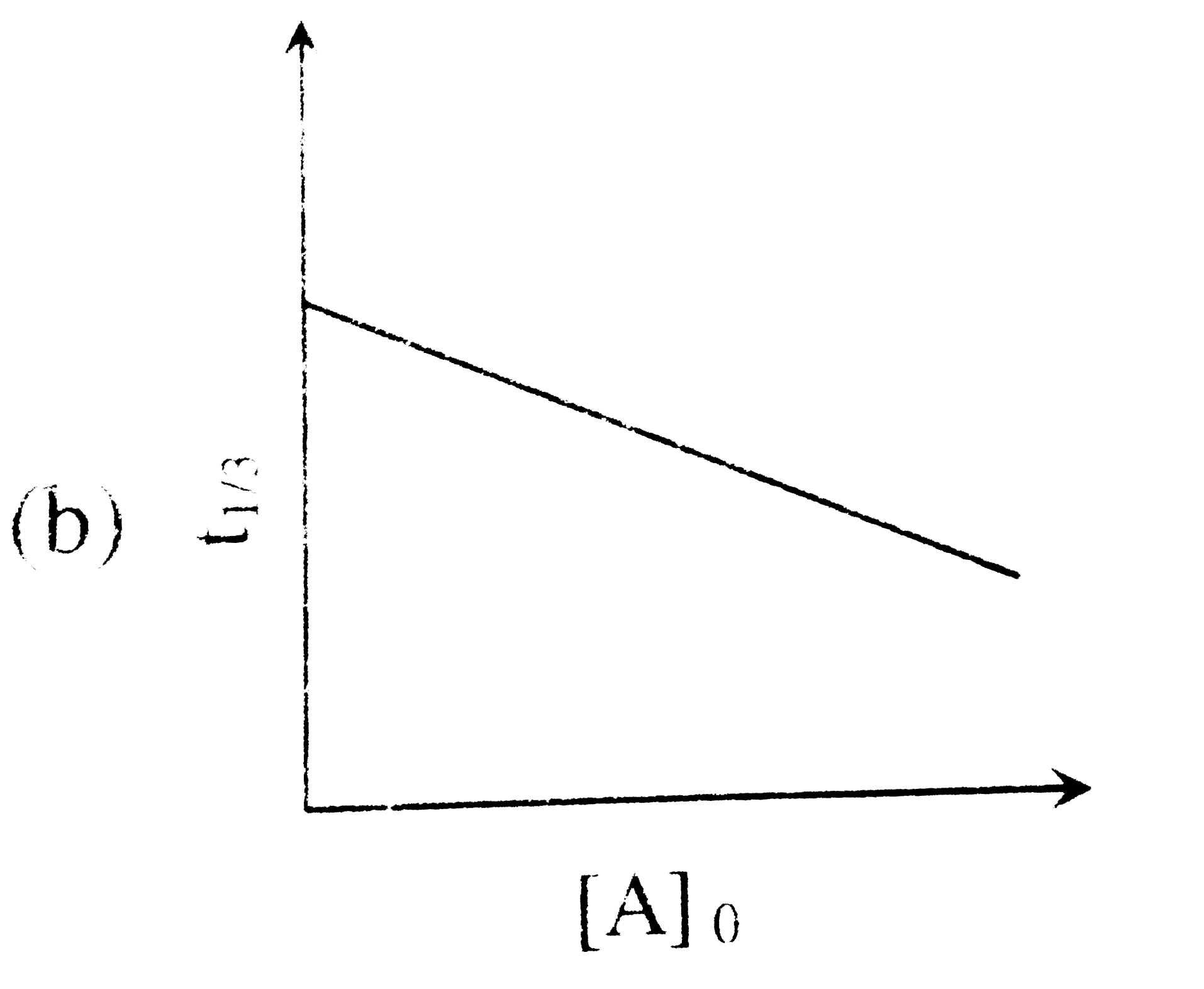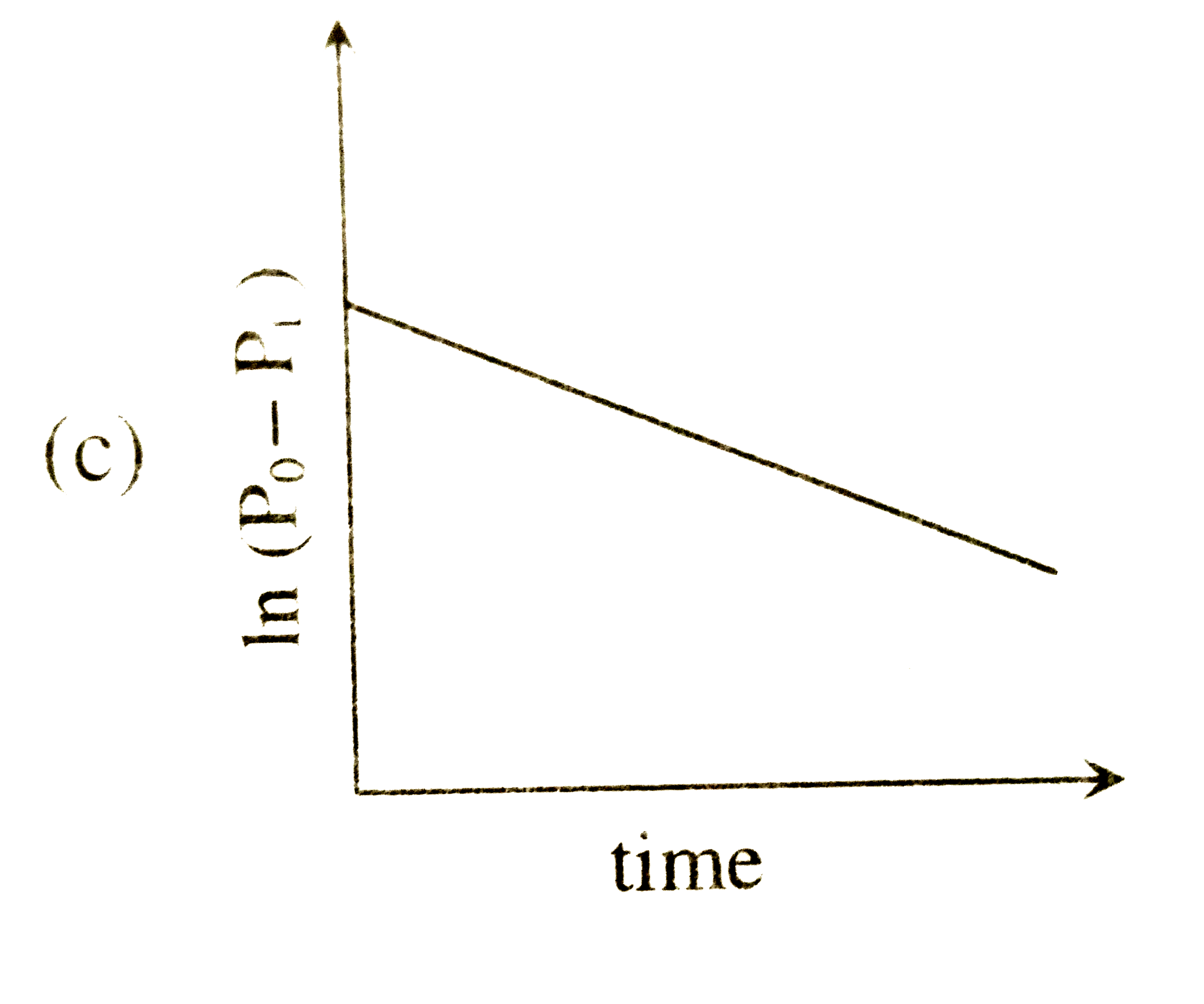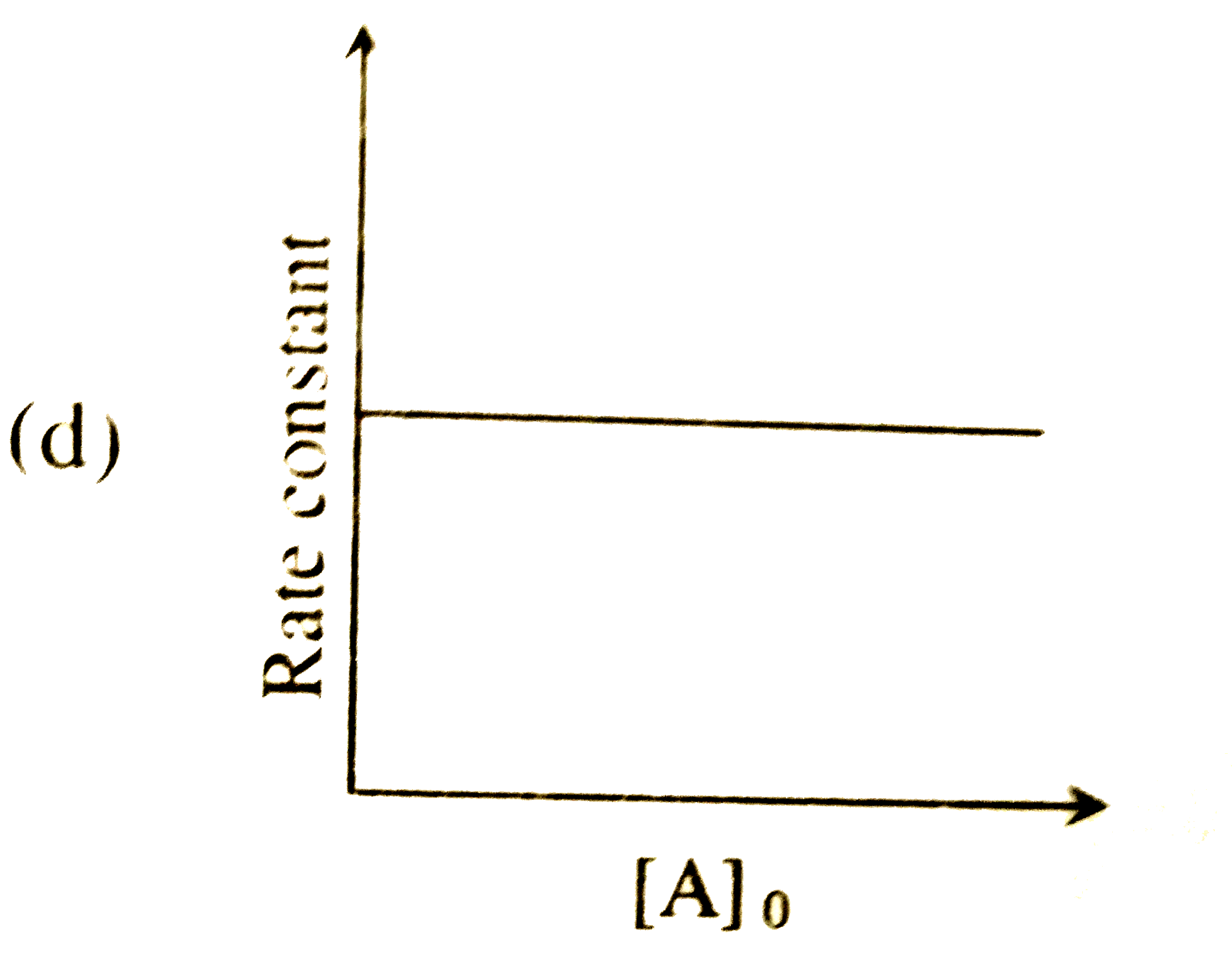1g atom of Ra226 is placed in an evacuated tube of volume 5 liter. Assuming that each .88Ra226 nucleus is an α− emitter and all the contents are present in tube, calculate the total pressure of gases and partial pressure of He collected in tube at 27∘ after the end of 800 year. Neglect volume occupied by undecayed Ra.
The correct Answer is:2.887 atm, 1.443 atm
Topper's Solved these Questions
- BOOK - P BAHADURCHAPTER - RADIO ACTIVITYEXERCISE - Exercies 816videos
RADIO ACTIVITY
- BOOK - P BAHADURCHAPTER - MOLE AND EQUIVALENT CONCEPTEXERCISE - Exercise 9 Advanced numerical problems61videos
MOLE AND EQUIVALENT CONCEPT
- BOOK - P BAHADURCHAPTER - REDOX REACTIONSEXERCISE - Exercise(8) Statement:Explanation type problems19videos
REDOX REACTIONS
Similar Questions
1gRa226 is placed in an evacused tube whose volume is 5, Assuming that each Ra nucleus yields for He atoms which are retained in the tube, what will be the pressure of He preoduced at 27∘C after the end of 1590 year? (t1/2 for Ra is 1590 year)
View SolutionA mixture containing 1.6 g of O2, 1.4 g of N2 and 0.4 g of He occupies a volume of 10 litres at 27∘C. Calculate the total pressure of the mixutre and partial pressure of each compound.
View Solution
Knowledge Check
- Question 1 - Select One
Ideal gas equation is represented as PV=nRT. Gases present in universe were fond ideal in the Boyle's temperature range only and deviated more from ideal gas behavior at high pressure and low temperature.
The deviation are explained in term of compressibility factor z. For ideal behavior Z=PVnRT=1. the main cause to show deviavtion were due to wrong assumptions made about forces oif attractions (which becomes significant at high pressure ) and volume V occupied by molecules in PV=nRT is supposed to be volume of gas or the volume of container in which gas is placed by assuming that gaseous molecules do not have appreciable volume. Actually volume of the gas is that volume in which each molecule of gas can move freely. If volume occupied by gaseous molecule is not negligible, then the term V would be replaced by the ideal volume which by available for free motion of each molecule of gas in 1 mole gas.
Vactual= volume of container -volume occupied by molecules
=v−b
Where b represent the excluded volume occupied by molecules present in one mole of gas.
Similarly for n mole gas
Vactual=v−nb
The ratio of coefficient of thermal expansion α=(∂V∂T)PV and the isothermal compressibility
β=−(∂V(∂P)T) for an ideal gas is:A−PTBPTCTPD−TP - Question 2 - Select One
For a first order reaction A(g)→2B(g)+C(g) at constant volume and 300 K, the total pressure at the beginning (t=0) and at time t ae P0andPt respectively. Initially, only A is present with concentration [A]0andt1/3 is the time required for the partial pressure of A to reach 1/3rd of its initial value. The correct options (s) is (are) :
(Assume that all these behave as ideal gases)A B
B C
C D
D
The equilibrium constant for the reaction Br2(l)+Cl2(g)⇔2BrCl(g) at 27∘C is kP=1 atm in a closed container of volume 164 L initially 10 moles of Cl2 are present at 27∘C.
What minimum mole of Br2(l) must be introduced into this container so that above equilibrium is maintained at total pressure of 2.25 atm.Vapour pressure of Br2(l) at 27∘C is 0.25 atm.Assume that volume occupied by liquid is negligible . [R=0.082 L atm mole−1K−1, Atomic mass of bromine =80]View SolutionThe equilibrium constant for the reaction Br2(l)+Cl2(g)⇔2BrCl(g) at 27∘C is kP=1 atm in a closed container of volume 164 L initially 10 moles of Cl2 are present at 27∘C.
What minimum mole of Br2(l) must be introduced into this container so that above equilibrium is maintained at total pressure of 2.25 atm.Vapour pressure of Br2(l) at 27∘C is 0.25 atm.Assume that volume occupied by liquid is negligible . [R=0.082 L atm mole−1K−1, Atomic mass of bromine =80]View SolutionAt 27∘C, a cylinder of 20 L capacity contains three gases He, O2 and N2. Their masses are 0.502 g, 0.250 g and 1.00 g respectively. If all these gases behave ideally, calculate the partial pressure of each gas as well as the total pressure.
View SolutionA mixture of H2andN2 weighing 0.116 g is collected over water at 50∘C and occupies a volume of 275 mL when the total pressure is 1.0 atm. Calculate the precentage of H2andN2 present. Calculated the vapour pressure of water at 50∘C is 92.5 torr.
View SolutionIdeal gas equation is represented as PV=nRT. Gases present in universe were fond ideal in the Boyle's temperature range only and deviated more from ideal gas behavior at high pressure and low temperature.
The deviation are explained in term of compressibility factor z. For ideal behavior Z=PVnRT=1. the main cause to show deviavtion were due to wrong assumptions made about forces oif attractions (which becomes significant at high pressure ) and volume V occupied by molecules in PV=nRT is supposed to be volume of gas or the volume of container in which gas is placed by assuming that gaseous molecules do not have appreciable volume. Actually volume of the gas is that volume in which each molecule of gas can move freely. If volume occupied by gaseous molecule is not negligible, then the term V would be replaced by the ideal volume which by available for free motion of each molecule of gas in 1 mole gas.
Vactual= volume of container -volume occupied by molecules
=v−b
Where b represent the excluded volume occupied by molecules present in one mole of gas.
Similarly for n mole gas
Vactual=v−nb
The ratio of coefficient of thermal expansion α=(∂V∂T)PV and the isothermal compressibility
β=−(∂V(∂P)T) for an ideal gas is:View Solution11 moles of N2 and 12 moles of H2 mixture reacted in 2.0 litre vessel at 800 K. After equilibrium was reached, 6 mole of H2 was present. 3.58 litre of liquid water is injected in equibrium mixture and resultant gaseous mixture suddenly cooled to 300K. What is the final pressure of gaseous mixture? Neglect vapour pressure of liquid solution. Assume (i) all NH3 dissolved in water (ii) no change in volume of liquid (iii) At 300 K no reaction takes place between N2 and H2

(a)18.47 atm
(b)60 atm
(c)22.5 atm
(d)45 atmView Solution

